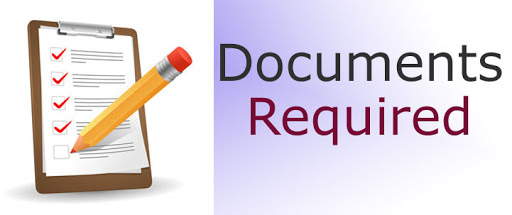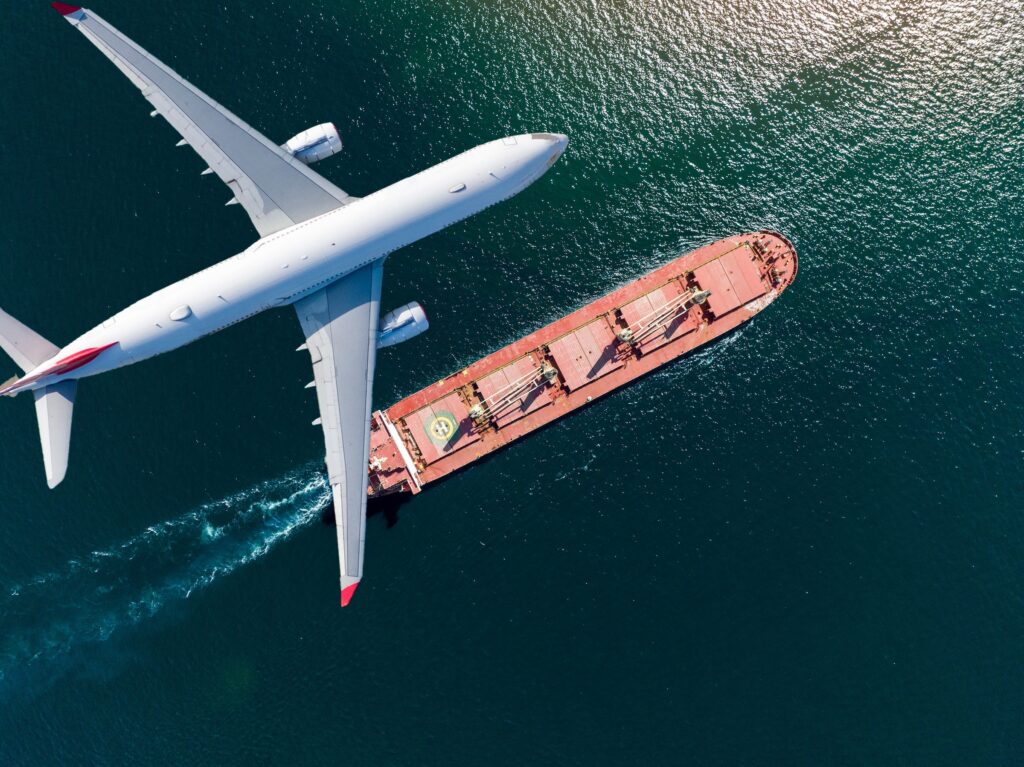- By TOP CHINA FREIGHT
- September 11, 2025
- Shipping
Table of Contents
When companies ship from China to US, they face complex choices in transport modes, fluctuating freight costs, and customs compliance. Poor planning often leads to delays or financial loss. This guide explains how businesses can manage costs, choose suitable shipping methods, and navigate customs efficiently.

What Shipping Choices Exist for China to US Cargo?
Businesses typically rely on four main shipping solutions: sea freight, air freight, express courier, and sea-air combined shipping. Each fits different cargo types and urgency levels.
| Method | Average Cost | Transit Time | Best Use | Downsides |
|---|---|---|---|---|
| Sea Freight | $1,500–$4,000/container | 20–40 days | Bulk goods | Slow delivery |
| Air Freight | $5–$8/kg | 3–7 days | Urgent cargo | Expensive |
| Express Courier | $6–$12/kg | 3–5 days | Small parcels | High unit cost |
| Sea-Air Combined | $3–$6/kg | 10–20 days | Balance needs | Complex handling |
Therefore, the final choice depends on urgency, budget, and product characteristics.
How Much Does It Cost to Ship from China to US?

Shipping costs are shaped by weight, dimensions, and freight method. Seasonal demand also plays a big role.
How Long Does Shipping Usually Take?
Transit time depends on shipping mode and port selection.
| Method | Time | Remarks |
|---|---|---|
| Sea Freight | 20–40 days | Slower but economical |
| Air Freight | 3–7 days | Best for urgent cargo |
| Express Courier | 3–5 days | Fast for small parcels |
| Sea-Air Combined | 10–20 days | Balanced solution |
External issues like port congestion, weather, and customs checks can extend delivery schedules.
What Documents Are Needed for US Imports?

To clear US customs smoothly, importers need accurate paperwork.
| Document | Role |
|---|---|
| Commercial Invoice | Lists value and product details |
| Bill of Lading / Air Waybill | Transport contract proof |
| Packing List | Confirms packaging and content |
| Certificate of Origin | Confirms product origin |
| Import License | For restricted items |
Should You Use Sea Freight or Air Freight?

Both sea freight and air freight have clear advantages and limitations. The table below highlights the key differences:
| Mode | Pros | Cons | Best For |
|---|---|---|---|
| Sea Freight | – Low cost for large cargo – Flexible container sizes | – Long delivery times – Possible port delays | Bulk goods, non-urgent shipments |
| Air Freight | – Fastest option – Lower risk of damage | – Expensive for heavy goods – Size and weight limits | Urgent, high-value, lightweight cargo |
Many companies use a mix of both—shipping urgent items by air while moving bulk goods by sea to balance cost and speed.
How Do Couriers Support Small Shipments?
Express couriers such as DHL and UPS provide fast door-to-door service. They are perfect for e-commerce sellers and businesses sending samples. Customs clearance is usually handled automatically.
What Is Sea-Air Combined Shipping?

Sea-air combines affordability with speed. Cargo goes by sea to a hub, then air to the US.
Advantages:
- Cheaper than full air freight
- Faster than sea-only shipping
- Flexible routes
This is suitable for medium-volume, time-sensitive cargo.
Case Study: Apparel Shipment from Shanghai to New York

Background:
A clothing retailer shipped 7,000 jackets from Shanghai to New York.
Plan:
- Mode: Sea-air combination
- Route: Sea to Dubai, then air freight to JFK
- Duration: 14 days
- Cost: $4,800
Result:
Goods arrived two weeks before sales season. The retailer saved 25% compared to full air freight while meeting deadlines.
How to Reduce Shipping Costs from China to US?
- Book in advance to avoid high spot rates.
- Use FCL for large orders to cut per-unit costs.
- Consolidate cargo when shipping LCL.
- Optimize packaging to reduce volumetric weight.
- Avoid peak periods like Chinese New Year.
- Negotiate with freight forwarders for better terms.
With these practices, companies often save 15–20% on total logistics.
Conclusion
Shipping from China to US involves balancing speed, cost, and compliance. Sea freight suits bulk cargo, air freight covers urgent shipments, couriers handle small parcels, and sea-air serves hybrid needs. With the right partner, businesses can reduce risks, save money, and ensure timely deliveries across the Pacific.
Need a Shipping Quote?
If you want expert guidance and peace of mind, our team is ready to assist.
TJ China Freight offers tailored solutions to help businesses of all sizes ship more reliably from China.

FAQ
Q1:Can I ship from China to US using postal services?
Yes, postal services are an option for very small parcels. They are slower than couriers but often cheaper for lightweight packages.
Q2:What packaging works best for ocean freight shipments?
Use sturdy cartons, wooden pallets, or reinforced crates. Waterproof wrapping is recommended to protect cargo during long sea voyages.
Q3:How do I avoid demurrage fees at US ports?
Arrange inland trucking in advance, clear customs quickly, and coordinate with warehouses to prevent cargo from sitting at ports too long.
Q4:Can I ship hazardous materials to the US?
Yes, but only with correct labeling, packaging, and approval. Hazardous goods require compliance with IMO and IATA regulations before shipping.
Q5:What payment terms are common in international shipping?
FOB (Free on Board) and CIF (Cost, Insurance, Freight) are most used. Always clarify terms with your supplier to avoid hidden charges.
